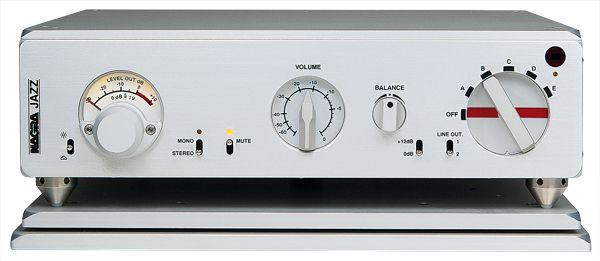|
Nov 13, 2014
|
Nov 11, 2014
|
Jan 15, 2012
|
Jan 15, 2012
|
Nov 20, 2011






